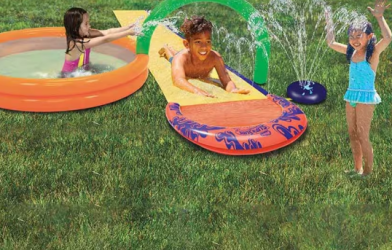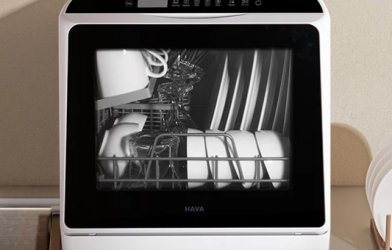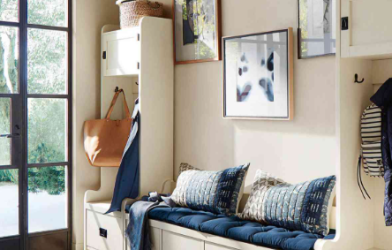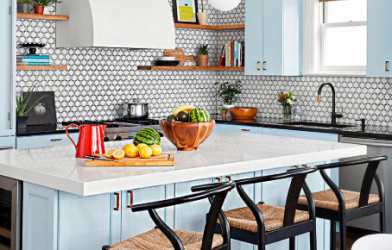Subtotal $0.00
When it comes to home remodeling, the kitchen often takes center stage. It’s a space where design meets functionality, and the right cabinetry can truly set the tone. Thermofoil cabinets are an increasingly popular option due to their affordability and versatility. Whether you’re remodeling your kitchen or bathroom, thermofoil can offer a sleek, modern look without breaking the bank. However, it’s important to weigh the pros and cons before committing to this material.
In this article, we’ll dive into what thermofoil cabinets are, their benefits, potential drawbacks, and how to update them without undergoing a full remodel.
What Are Thermofoil Cabinets?
Thermofoil cabinets are made from medium-density fiberboard (MDF) covered by a solid vinyl exterior. This vinyl is glued and heat-sealed onto the MDF, creating a smooth and durable surface. Available in a variety of colors, finishes, and textures, thermofoil can even mimic the appearance of wood without the risk of warping or fading that wood cabinets often experience.
While they were once predominantly found in modern homes, advancements in vinyl technology have made thermofoil available in more diverse styles, including textured and molded options. The vinyl exterior is water-resistant, making it ideal for kitchens, bathrooms, and workspaces, where spills and stains are common.
Pros and Cons of Thermofoil Cabinets
Like any material, thermofoil comes with both advantages and disadvantages. It’s important to consider both before deciding if it’s right for your home.
Pros:
- Durable and Low Maintenance: Thermofoil is resistant to warping and fading, issues that often plague wooden cabinets. The surface is easy to clean and resists water, which is a huge plus in high-moisture areas like kitchens and bathrooms.
- Cost-Effective: Compared to other cabinet materials, thermofoil is more budget-friendly, allowing you to update your space without a major financial investment.
Cons:
- Vulnerability to Heat: Thermofoil can peel when exposed to high temperatures, such as those from stovetops or ovens.
- Damage Risk: While durable on the surface, if the cabinets are scratched or damaged, moisture can infiltrate the MDF underneath, leading to further deterioration.
- Heavier Weight: MDF is heavier than other materials like solid wood or composite wood, making thermofoil cabinets more challenging to install.
- Color Fading: Thermofoil can yellow over time, and the smooth surface makes it difficult to paint if you ever want a change.
Updating Thermofoil Cabinets
If your thermofoil cabinets are starting to show their age but you don’t want to replace them entirely, there are a few simple ways to refresh their look.
- Replace Cabinet Doors and Drawer Fronts: Since thermofoil is affordable, you can swap out just the doors and drawer fronts for a fresh, updated look without redoing the entire kitchen.
- New Knobs and Pulls: Updating cabinet hardware is an easy and cost-effective way to change the look of your cabinets without major alterations. New knobs and pulls can completely change the style of your cabinets, from modern to classic or even rustic.
The Bottom Line
Thermofoil cabinets can be a fantastic choice for kitchens and bathrooms, especially if you’re looking for an affordable option that offers durability and easy maintenance. While they may not be the best choice for every home or style, they are certainly worth considering if you’re working with a limited budget. Be sure to consult with a remodeling professional who can guide you through the process and help you choose the best materials for your space.
Whether you’re remodeling for personal enjoyment or increasing the value of your home, thermofoil cabinets can offer a cost-effective solution without compromising on style.












